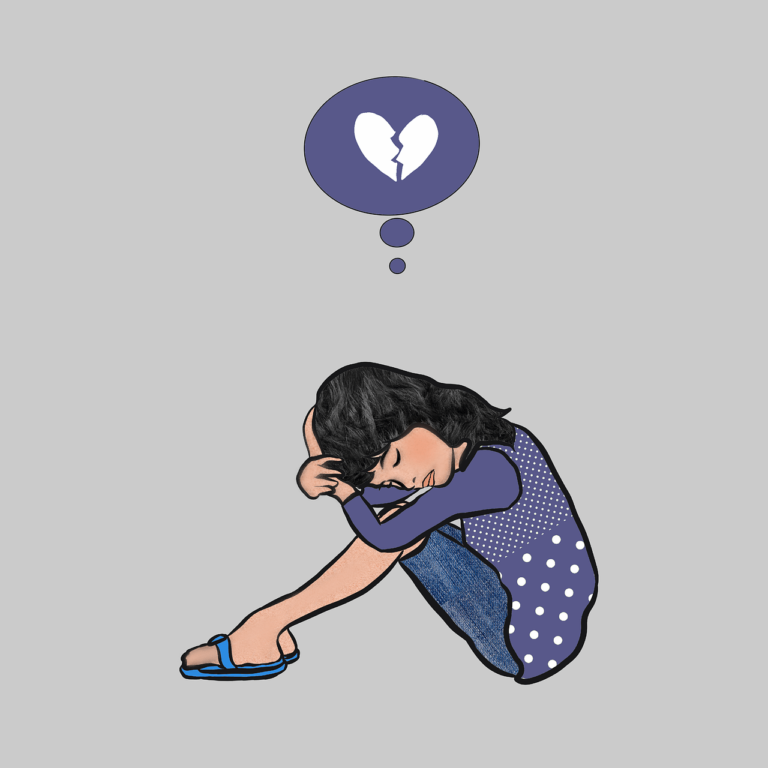Mental Health Series
This is part 1 of a two-part solutions series examining how adopting proven health care models can improve access to behavioral health services. Part 2 of this solutions series will be published on July 31 and will examine BHP’s Mobile Crisis Unit, formally known as the BHP Mobile Care Now Clinic.
MOUNT VERNON — Stigma and lack of access to behavioral health services are some of the biggest barriers for people with mental illness living in rural Ohio, and Knox County is no exception.
Behavioral health was named the county’s top priority in the 2021 County Community Health Improvement Plan (CHIP). Access to health care was ranked second.
In 2021, Knox County’s provider ratio was one psychiatrist for every 12,296 residents, significantly lower than Ohio’s ratio of 1:3,297.
“Increasing mental health awareness and reducing stigma are two components to successful mental health treatment,” said Katherine Spargel, executive director of Mental Health and Recovery for Licking and Knox Counties.
“Increasing access to health care is another challenge.”
Behavioral Healthcare Partners of Central Ohio is launching a mobile urgent care unit that will address all three of these issues.
The need for behavioral health services
Knox Public Health conducts a Community Health Assessment (CHA) every three years. KPH uses the data to develop a Community Health Improvement Plan (CHIP) that addresses areas identified in the health assessment.

The number of adults aged 19 and over who rated their mental health as poor for four or more days in the previous month jumped from 28% in 2018 to 40.1% in 2021.
Additionally, 60% of respondents reported having a bad mental state on at least one day in the previous month.
Dr. Sean Golding’s sociology class at Kenyon College analyzed community interviews conducted during the 2021 Community Health Assessment and noted that in a survey of high school students, 57% reported feeling anxious four or more days a week.
“This is an incredibly high number for this age group,” the report said.
The analysis also noted that in rural areas, mental illness is more often a comorbid diagnosis with substance abuse.
“People suffering from mental health problems are less likely to receive adequate support and are more likely to turn to drugs as a coping mechanism,” the report said.
In the 2021 health check, 8% of Knox County adults reported having considered suicide in the past 30 days.

The Ohio Department of Health reported that suicide was the second leading cause of death for people ages 10-34 in Ohio in 2021. It was the 12th leading cause of death overall.
Knox County and the state of Ohio had the same suicide rate (15 per 100,000) in 2019. There were 10 suicides in the county in 2019, giving the suicide rate a 14.7% target rate. The target rate is 12.8%.
The statewide number of suicides increased 8% from 2020 to 2021. Knox County had 21 suicides in 2021 for a suicide rate of 22.8, according to ODH.
From 2017 to 2021, the county’s rate was 15.7.

Removing Barriers
Spargel said improving health disparities requires removing barriers.
“By doing the case evaluations and thorough community assessments that the ADAMH board requires us to do, we realized that access to care was going to be very important to us,” she said.
“We recognise that a lot of our areas are very rural and services aren’t close by. If you want to get out of the county, transport is an issue.”
Issues with health care providers further compound the problem of access to care.
“There are a lot of people in Knox County who provide treatment, and that’s great, but people don’t feel comfortable coming,” Spargel said. “They’re afraid of the stigma of being seen as lesser people, weaker people or poor parents.”
“It’s very difficult to call and get an appointment. I can’t stress that enough.”
Katherine Spargel, Licking and Knox County Mental Health and Recovery Commission
“Once you get there, there can be a waiting list due to staffing shortages,” she continued. “You might be able to get an appointment for your first appointment, but subsequent appointments can take a long time.”
Spargel said BHP’s mobile emergency care vehicles would “deliver care wherever patients want, at their convenience.”
“This is an opportunity to get noticed and start a conversation to find someone who can help.”


